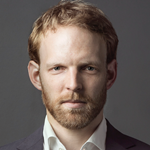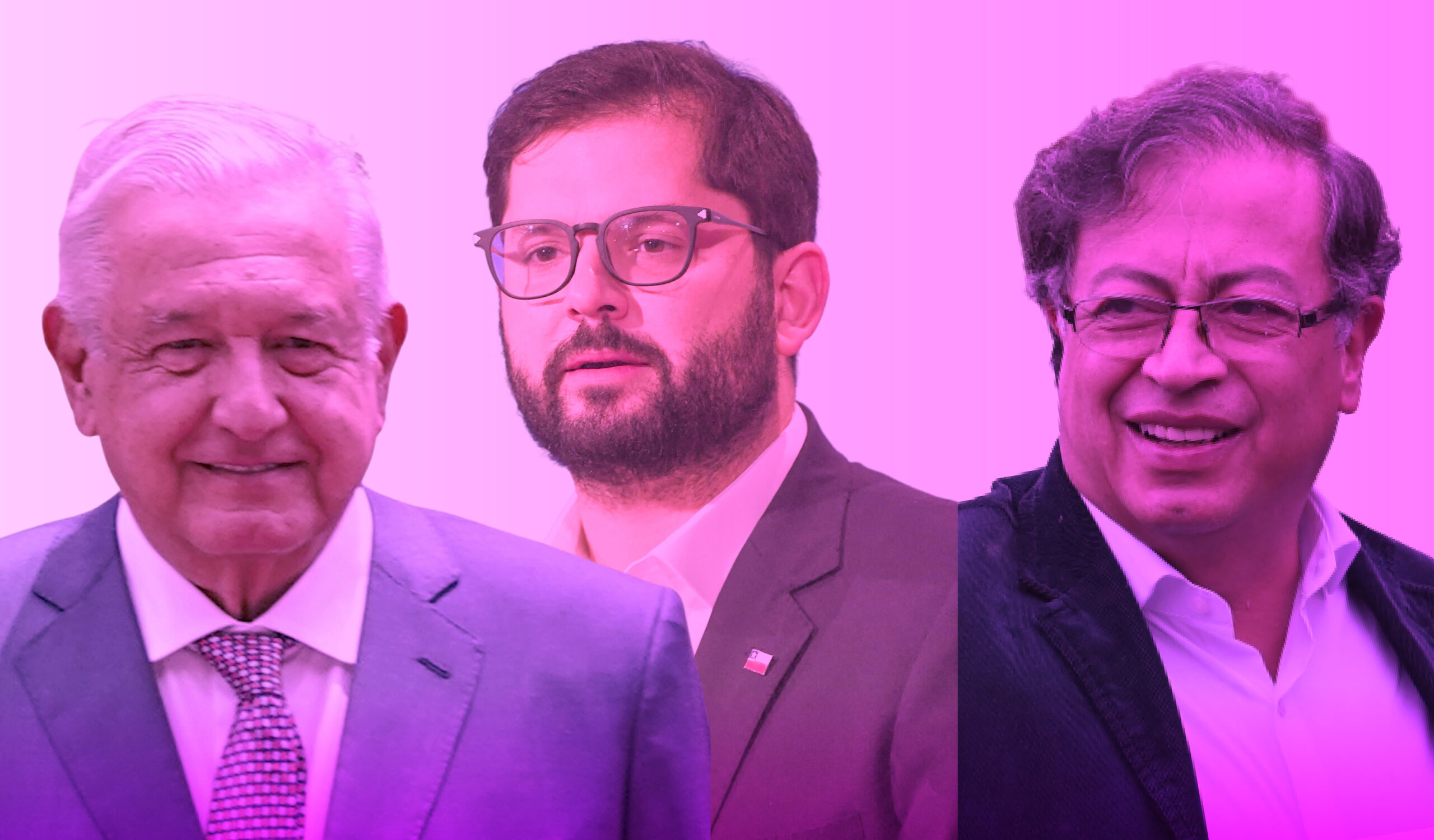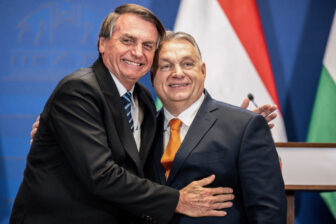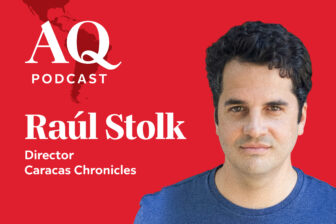SA͂O PAULO — Gustavo Petro’s upcoming inauguration on August 7 as Colombia’s first left-wing president confirms an unmistakable trend in Latin American politics: Only five years after right-leaning leaders occupied presidential palaces in much of the region—including Chile, Bolivia, Argentina, Brazil, Colombia and Mexico—leftist candidates have won the vast majority of national elections and now govern all of the region’s major countries except Brazil, where former president Luiz Inácio Lula da Silva holds a comfortable lead less than 100 days ahead of the presidential election.
This “new pink tide” appears even more dominant than its predecessor in the 2000s that brought to power leaders like Argentina’s Cristina Kirchner, Bolivia’s Evo Morales and Venezuela’s Hugo Chávez. However, comparing the two cohorts reveals more differences than similarities.
First, Latin American leaders in the mid-2000s enjoyed a commodity boom and, by the end of the decade, a significant U.S. interest rate reduction, which created an ideal macroeconomic environment for the region. These leaders were popular thanks to their increased public spending, and generally won reelection or succeeded in picking their successors.
By contrast, today’s leaders face a perfect storm of rising U.S. interest rates, geopolitical instability and limited fiscal space after a devastating pandemic that hit Latin America particularly hard. They must be the bearers of bad news, and thus generally suffer lower approval ratings. Given that the dominant political sentiment in Latin America today is—and will likely remain—anti-incumbent, the second pink tide will most likely be much shorter-lived than the first. In Argentina and Peru, for example, today’s leaders look particularly vulnerable.
Second, polarization has worsened so acutely across Latin America that the sky-high approval ratings enjoyed by leaders like Lula in the late 2000s are now far more difficult to achieve. Indeed, if Lula wins the October elections, millions of Brazilians who voted for Bolsonaro can be expected not to recognize the result. This will almost certainly complicate efforts to reach cross-party consensus and push through difficult but necessary reforms.
Third, several leaders of the first pink tide supported regional integration and eagerly embraced regional summitry, a new phenomenon at the time in Latin America. Today’s leftist presidents are less likely to prioritize ties to their neighbors because they are less relevant from an economic point of view. Intraregional trade amounted to over 20% of Latin America’s total exports in 2008, but this share has declined by a third and is set to fall further as commodity exports to China are on the rise.
Brazil is a case in point. In the 2000s, the Brazilian government actively sought to strengthen the role of “national champions” like Odebrecht and Queiroz Galvão across Latin America. More recently, however, the country’s economic elites barely complained when Bolsonaro’s regional strategy showed a lack of interest in Latin America and antagonized leftist presidents in the neighborhood.
Moreover, when China recently overtook Brazil as Argentina’s most important trading partner—a historic change for Latin America—Brazilian elites barely seemed to notice. The emergence of a new pink tide may lead to renewed regional bonhomie and group photo-ops for presidents, but the leaders’ most important trips will be to Beijing and Washington.
Fourth, the second pink tide seems greener than the first. Leaders like Chile’s Boric and Colombia’s Petro have sought to bolster their environmental credentials, which Lula can be expected to do as well. This is a big difference from the likes of Correa and Morales, who pushed environmental protections and bestowed legal rights on nature, but also prioritized major extractive projects and had a complicated relationship with environmental movements.
For leaders like Boric and Petro, environmental commitments may require difficult economic tradeoffs that the first pink tide did not make. On the other hand, the international climate agenda is far more relevant globally today than two decades ago, and this may allow leaders like Petro and Lula (if elected) to play active roles on the world stage and reinforce contrasts with leaders like Bolsonaro.
Finally, some of the new leftist leaders focus on LGBTQ rights and race issues, in sharp contrast to leaders from the last pink tide like Chávez and Morales, who were quite homophobic. Even so, it would be a mistake to characterize the second pink tide as wholly progressive. While Boric, Petro and Argentina’s Fernández have emphasized minority rights, leftist leaders in Venezuela and Peru are socially ultraconservative.
To be sure, the first pink tide was diverse, including democrats like Bachelet in Chile and autocrats like Chávez in Venezuela, and it is even harder to generalize about the leaders of the second pink tide. Its leaders diverge profoundly on issues such as democracy, the environment and minority rights.
Yet as a whole, the second pink tide is likely to be shorter-lived and more turbulent than the first, a reflection of a far more hostile global environment.







